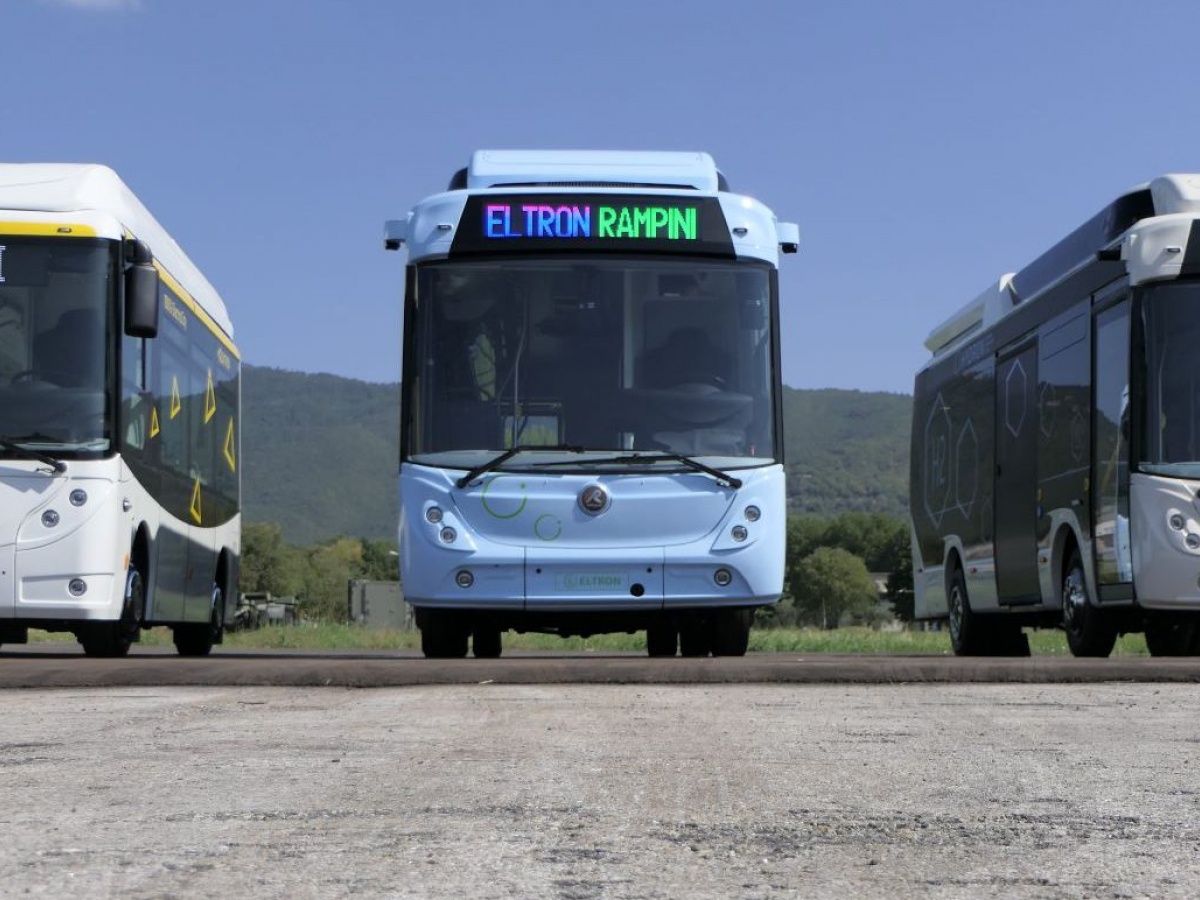Rampini Bus: politics must push electric buses
Rampini Bus, number one in Italy in electric buses, is betting on the conversion of urban transport fleets. And the need to enhance public transport in an anti-Covid function is an opportunity not to be missed. But we need a wide-ranging policy to support made in Italy. On the one hand, to prevent the invasion of Chinese competition. On the other hand, to guarantee more resources to administrations, which must plan large investments with long-term economic and environmental returns.
The Italian excellences are already ready for the mass production of electric buses. So a future in which the fleet of urban public transport on our roads will be composed exclusively of zero-emission vehicles could be near, indeed in some cases it is already beginning to make its way.
The initial cost problem
Technically it is already possible without having to give up anything in terms of public transport efficiency. Well-defined schedules and routes planned in detail would make the electric bus perfect for this service, allowing you to effectively manage the charging of each vehicle. However, between a present made up almost exclusively of diesel buses and a future of quiet and clean vehicles, there is a problem of costs.
We talked about it with engineer Fabio Magnoni, general manager of Rampini Spa, an Umbrian company, based near Perugia, which has been building buses since 1945 and which in the last period has definitively closed with traditional power to focus on electricity and hydrogen . He tells us: "We are aiming to produce 100 electric buses per year by 2021, awareness is growing in Italy too and more and more administrations are proceeding with the conversion to electric".
More resources to transport companies
«The problem is above all economic _ he explains _. Municipal companies often have cash problems and the initial investment for an electric bus is greater: the proportion with diesel is one to two, even if they are the same in the long run. "
And he adds: "The savings generated by the use of electricity instead of fuel largely compensates for the initial expense, even considering the replacement of batteries after the first seven or eight years over a life cycle of each vehicle of about 10-15 years. All in all, the switch to electricity does not involve a greater expense for the municipal coffers, on the contrary ".
However, there are more forward-looking municipalities who have already started the conversion. . Rampini buses already run in Costa Smeralda, Treviso, L'Aquila, Chieti (see also), as well as in Europe in some centers of Spain, France and Germany (read). But in Italy, Genoa is the city that is taking the lead in this area. The Ligurian capital has in fact recently concluded the purchase of 14 electric Irizar (Spanish company) of 10.8 meters which will be added to the 10 Rampini of 7.8 meters already present from last year and will be followed by another 30 buses full electric for which a tender is underway. The municipality's idea is to reach 120 electric buses in a few months and to replace the entire fleet by 2025.
Autonomy and city-friendly dimensions
«Our electric buses adapt to many Italian cities: thanks to their versatility and size - explains Magnoni - they can move more easily in historic centers which often have narrow and winding streets. For example, the 8-meter models we sold in Genoa with two or three doors have a width of 2.2 meters - reduced compared to the standard - for a capacity of 46 passengers ».
In terms of autonomy, he assures, they have nothing to envy to diesels: "With a full charge they can travel around 200 km. We can produce them in all sizes and also the battery pack can have different modules according to the needs. They all have lithium iron phosphate batteries and, apart from the cells we buy in Asia, we produce the rest entirely in Italy ».
Rampini bets: extra-urban hydrogen
If the solutions for the city are more at hand, for public extra-urban transport or private buses that often cover long distances, the best solution could be hydrogen.
"Hydrogen has an autonomy of up to 400 km - continues the CEO of Rampini - but the road network in Italy is still behind in terms of infrastructure for refueling. We produced the first hydrogen bus back in 2008, the first in Europe, but the community was not ready and even today we still have a lot of progress to be made. But we also expect an important future for this type of diet ».
So, we ask him, how does he envision the future? «Urban and suburban public transport completely made up of electric and hydrogen buses, a combination of the two according to needs. I have no doubt".
A shield against the Chinese
The doubts, as we have said, concern who will be supplying the market with all these means. Although there are excellences in Italy and in the rest of the European Union, one of the problems that emerged during this chat is precisely the ruthless competition. In fact, Chinese or Turkish companies manage to reduce production costs and propose a final price that is too low to compete. Producers like Rampini are therefore asking the EU to put up customs barriers to encourage production in Europe. As the electric vehicle market grows this theme of
-
Vaielettrico
Open link

